Changing Consumer Preferences
The Aseptic Packaging in Food Market is significantly influenced by evolving consumer preferences. There is a marked shift towards healthier and more convenient food options, prompting manufacturers to adapt their packaging strategies. Consumers are increasingly favoring products that are not only nutritious but also easy to store and use. Aseptic packaging meets these demands by providing a practical solution for preserving food quality while ensuring convenience. Industry expert's indicates that products packaged aseptically are often perceived as fresher and more appealing. This perception is likely to drive sales as consumers prioritize health and convenience in their purchasing decisions. As a result, manufacturers are compelled to innovate and enhance their aseptic packaging offerings to align with these changing preferences.
Focus on Food Safety and Quality
Food safety remains a paramount concern within the Aseptic Packaging in Food Market. Aseptic packaging ensures that food products are sealed in a sterile environment, significantly reducing the risk of contamination. This method not only preserves the nutritional quality of food but also extends its shelf life, which is crucial for both manufacturers and consumers. Recent statistics indicate that foodborne illnesses affect millions annually, prompting stricter regulations and standards in food packaging. Consequently, companies are increasingly adopting aseptic packaging solutions to comply with these regulations and enhance consumer trust. The emphasis on quality assurance and safety is likely to drive further adoption of aseptic technologies in the food sector.
Environmental Sustainability Efforts
Sustainability initiatives are becoming increasingly relevant in the Aseptic Packaging in Food Market. As consumers grow more environmentally conscious, there is a rising demand for packaging solutions that minimize waste and reduce carbon footprints. Aseptic packaging, often made from recyclable materials, aligns with these sustainability goals. Companies are exploring innovative materials and processes to enhance the eco-friendliness of their packaging. For instance, the use of plant-based materials in aseptic packaging is gaining traction, potentially reducing reliance on fossil fuels. This shift not only meets consumer expectations but also positions companies favorably in a competitive market. The integration of sustainable practices is likely to influence purchasing decisions, thereby driving growth in the aseptic packaging sector.
Technological Innovations in Packaging
Technological advancements play a crucial role in shaping the Aseptic Packaging in Food Market. Innovations such as improved barrier materials and enhanced sealing techniques are enhancing the efficiency and effectiveness of aseptic packaging. These advancements not only improve the shelf life of food products but also reduce production costs. For instance, the development of smart packaging technologies, which can monitor the condition of food products, is emerging as a game-changer. Such technologies provide real-time data on freshness and safety, appealing to both manufacturers and consumers. As companies continue to invest in research and development, the integration of cutting-edge technologies is expected to propel the growth of the aseptic packaging market.
Rising Demand for Shelf-Stable Products
The Aseptic Packaging in Food Market experiences a notable increase in demand for shelf-stable products. Consumers are increasingly seeking convenience and longer shelf life in food items, which aseptic packaging effectively provides. This method allows food products to be stored at room temperature without refrigeration, thus appealing to busy lifestyles. According to recent data, the aseptic packaging segment is projected to grow at a compound annual growth rate of approximately 6.5% over the next few years. This growth is driven by the rising popularity of ready-to-eat meals and beverages that require minimal preparation. As a result, manufacturers are investing in aseptic technology to meet consumer preferences, thereby enhancing their market presence.


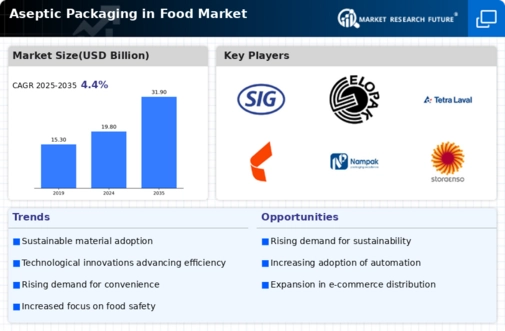
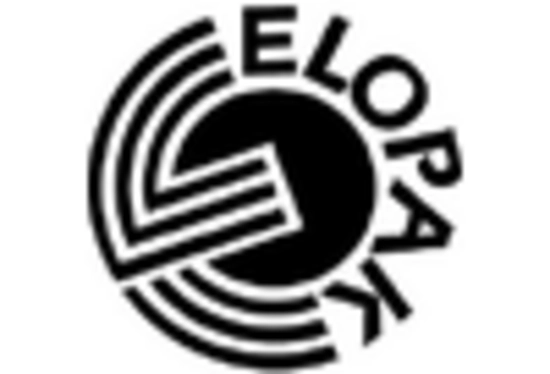
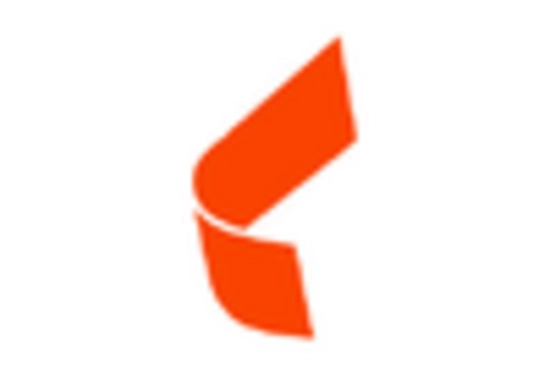
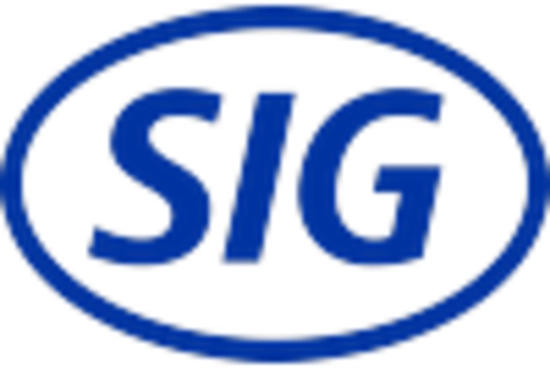
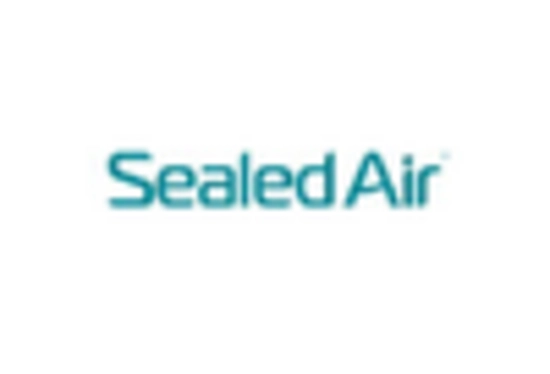
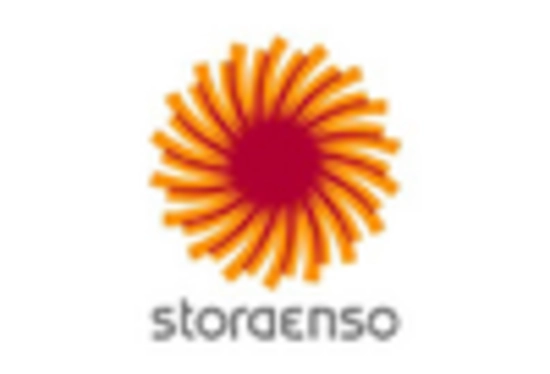
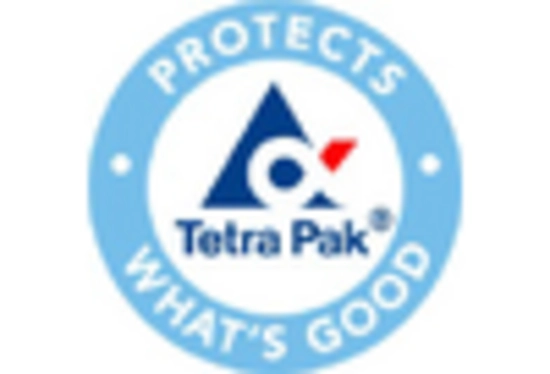








Leave a Comment